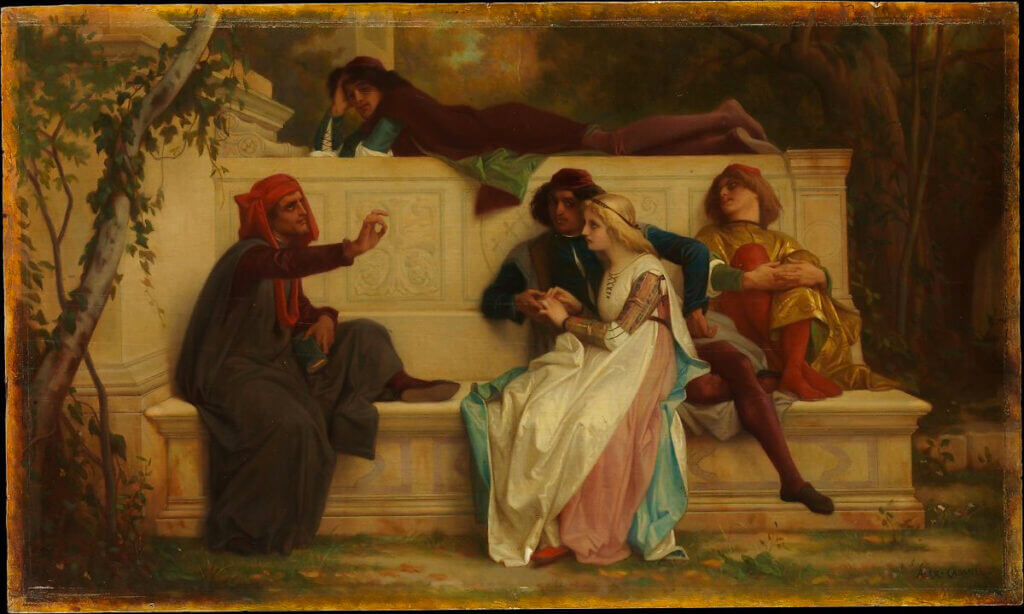The classical movements in painting refer to artistic periods that have marked the history of Western art, characterized by specific aesthetic conventions and ideals. Classicism, which primarily developed in the 17th century, emphasized the idealized representation of reality, clarity of forms, balanced composition, and harmonious colors. Classical subjects often included mythological, religious, or historical scenes, and artists sought to achieve a perfect balance between ideal beauty and technical mastery.
Subsequently, Neoclassicism emerged in the late 18th century as a reaction to the exuberance of the Rococo style. Neoclassicists aimed to reconnect with the values of antiquity, drawing inspiration from Greek and Roman works. They favored clear lines, geometric forms, order, and simplicity. The subjects they depicted often carried moral, heroic, or patriotic themes, reflecting the ideals of the French Revolution and the neoclassical era.
In summary, the classical movements in painting are characterized by a pursuit of formal perfection, idealized representation of reality, and inspiration from the works of antiquity. They have influenced aesthetics and artistic practices for centuries, leaving a lasting legacy in the history of art.


